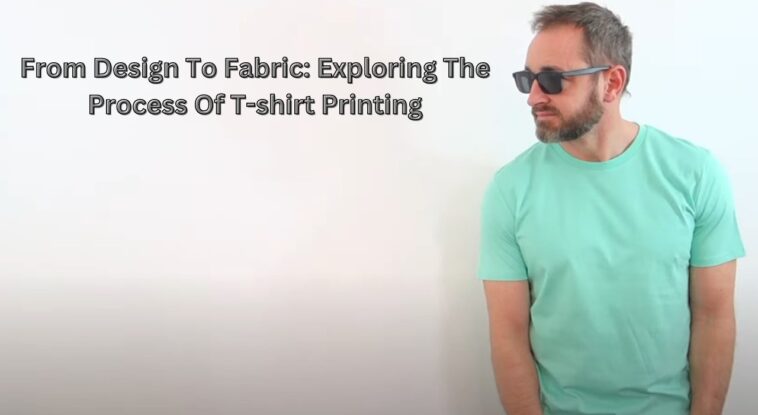Did you know that T-shirts are still the most popular item of custom clothing? Whether you want to advertise your brand, display your creativity, or simply wear something unusual, printing your own T-shirts is such a unique way to give life to your ideas. Professional, high-quality results from T-shirt printing require the correct printer.
Because of their low cost and ease of personalization, T-shirts are an excellent promotional item from which to launch a brand and build a following. Prior to finalizing a design and getting to work on production, it’s important to think about the printing method you’ll be employing.
To help you streamline the process, this helpful guide covers some of the most popular t-shirt printing procedures. Here is all that you should know about it.
From Design to Fabric: Exploring the Process of T-Shirt Printing: Top 7 Things You Need To Know
1. Where can you find high-quality T-shirts?
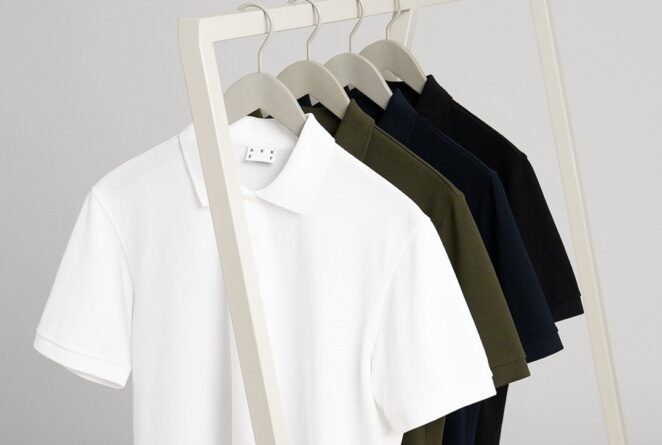
You can find a shirt that you love by checking out T-shirt printing services. Shirtworks is one of the longest-established t-shirt printers in the UK. They began their work in the early ‘80s while only selling t-shirts to Oxford University. Nowadays, they are producing shirts worldwide and they are shipping to five different continents!
They do screen printing, embroidery, direct-to-garment printing, as well as vinyl printing. You can enjoy high-quality items at an affordable price. You can find different shirts for your work, casual wear, or special occasions and moments. Check them out and see for yourself.
2. Know your quantity and budget when shopping
Before delving too deeply into the printing process, decide on your target quantity and budget. For printing of any kind, ordering in bulk typically results in a lower unit price (as you may expect). Purchasing in bulk is the best option if you intend to sell the shirts. Quantity is vital, but you also need to be specific about the sizes and numbers you’ll need for each.
When printing merchandise, it’s still crucial to have a wide range even though some shirt sizes could sell more than others. You should also have your quantity and budget set in stone to further limit your printing options. The number of shirts you require will also influence the printing method you select.
3. Choose a fabric and shirt type you love
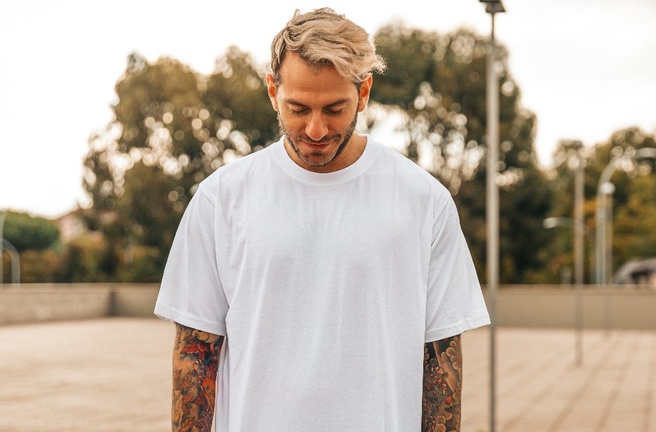
A T-shirt, put simply, should be soft and loose-fitting. Keep this in mind as you think about potential fabrics for your new design. For some people, less is more, while others are all about crazy prints and patterns!
The popular 50/50 blend of cotton and polyester is softer and more breathable than 100 percent cotton and is often cheaper as well. Consult with your printer to figure out which textiles would work for your quantity and budget, but also get the ultimate comfort. You’ll need to choose the style of shirt you want to make in addition to the fabric you’ll use.
4. Heat press printing
Despite being widely used in the early 2010s, heat press printing has mostly become obsolete due to technological developments. Although you can still find this option in some stores, it is not the most common go-to.
With this printing technique, the design of your T-shirt is transferred from a special paper (typically vinyl paper) to the fabric of your choice. The transfer is an easy operation when pressure and heat are applied. On the other hand, heat press printing is manual, slower than other printing techniques, and not advised for textiles that are sensitive to heat, or prone to breakage/rips.
5. Screen printing
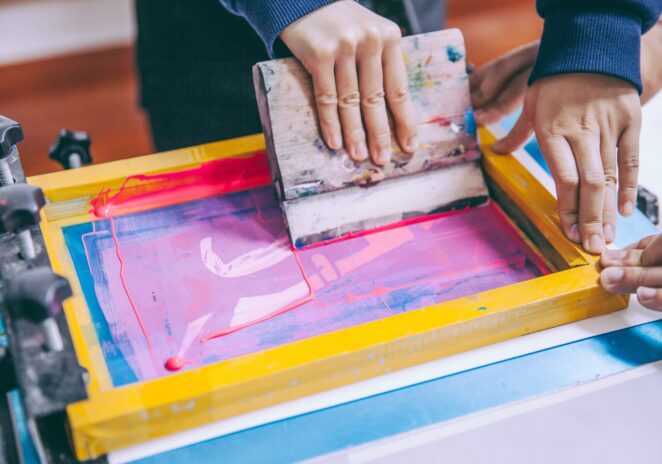
Screen printing requires a mesh screen, a stencil (which acts as a template), and a squeegee or straight blade to transfer the design from the stencil to the t-shirt.
First, a stencil is made from the design and used to transfer the pattern onto a mesh screen. It is essential to block all the areas that won’t receive the design to guarantee that the ink only passes through the open regions.
In order to transfer the design to the fabric, the stencil is placed over the mesh, inked, and pressed into using a squeegee or blade. After removing any excess ink, the shirt is laid out to dry.
Screen printing may appear to be a time-consuming process, but it can be automated with the help of specialized machines that will allow you to expand your own printing business.
6. DTF
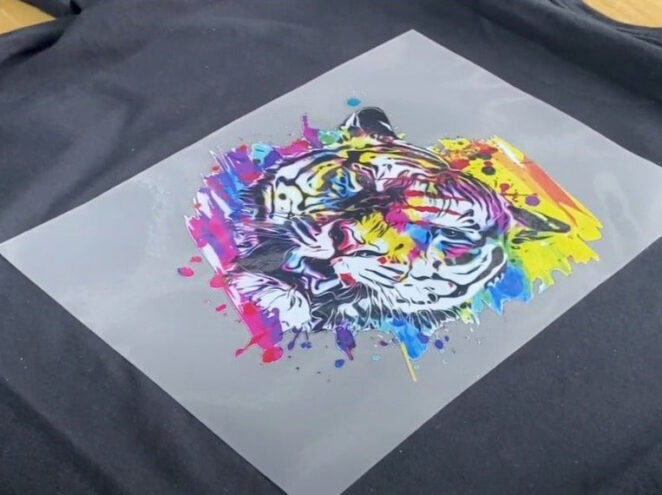
One of the best methods for printing t-shirts is direct-to-film printing (DTF), which involves printing images directly onto a special PET film (Polyethylene Terephthalate) and then applying heat and adhesive powder to the film to transfer the graphics to a t-shirt.
No special preparation of the garment is required for DTF printing because the design is already pre-printed onto a film.
This heat transfer procedure can be used to treat any fabric. Both cotton and polyester can be used to make t-shirts, and both will look wonderful.
Contrarily, DTG actually colors the fabric to match the design. The DTF technique’s fixing powder gives the finished product a plastic gloss. The finished product will be more vibrant because the inks won’t bleed into the color of the shirt’s underlying fabric.
7. Inspection of the fabric
Printed tees are inspected thoroughly to guarantee they meet quality standards. Not everything can go on sale and make its appearance at shops if it is of lower quality. Look for any last-minute mistakes, double-check the colors, and make sure the print quality is satisfactory all by inspecting it thoroughly. T-shirts are checked for defects, then sorted, folded, and packaged.
Packaging is an integral part of making a sale to a customer. T-shirts can be packed in sets or sold individually in polybags for bulk orders. Labels, tags, and other forms of branding are typically applied during the packaging phase. Once this is done you are good to go and sell your product or gift it to someone you love.



